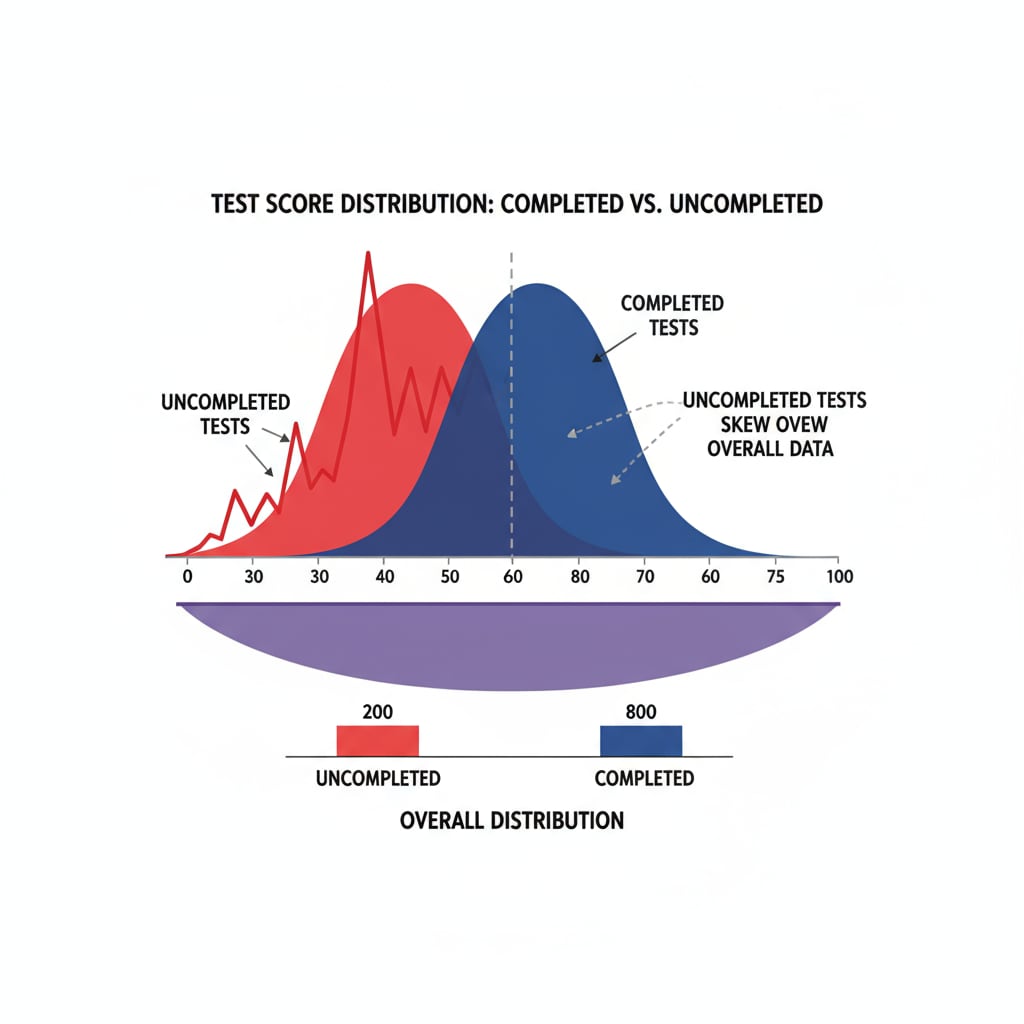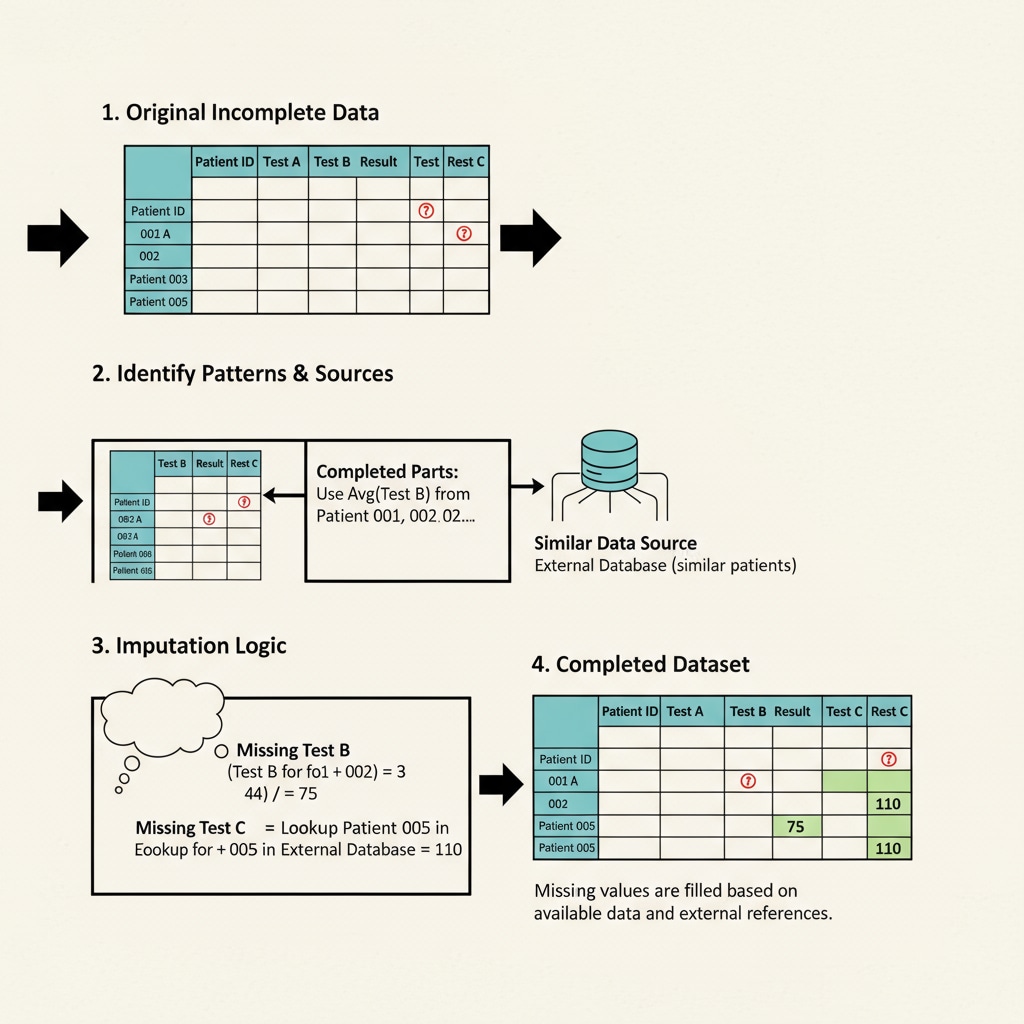In the realm of educational research and assessment, datasets, outliers, test scores, and statistical analysis are crucial elements. However, the issue of students leaving tests unfinished in K12 education is causing ripples in the accuracy of data analysis. This article delves into how to navigate this challenge.
Identifying the “Dropout” Data Points
Identifying students’ “dropout” during non – mandatory tests is the first step. These are the data points that can act as outliers in a dataset. For example, if a significant number of students suddenly stop answering questions halfway through a test, it distorts the overall distribution of test scores. According to Wikipedia’s page on Statistical Outliers, outliers can have a substantial impact on statistical measures such as mean and standard deviation. In an educational context, these uncompleted tests can make the average test score seem lower or higher than it should be, depending on the nature of the questions left unanswered.

Balancing Data Integrity and Interpretation
Maintaining data integrity while accurately interpreting student performance is a delicate balance. We cannot simply discard the data from uncompleted tests, as it could lead to a loss of valuable information. Instead, we need to find ways to account for these data points. For instance, we can use imputation techniques. As described on Britannica’s page on Statistical Analysis, imputation involves estimating values for missing data. In the case of uncompleted tests, we might estimate what a student’s score could have been based on their performance on the completed portion of the test and the performance of similar students.

Another approach is to analyze the uncompleted tests separately. This way, we can understand the patterns behind why students are dropping out. Are they running out of time? Is the material too difficult? By doing so, we can not only gain insights into student performance but also improve future test design.
Readability guidance: The key is to break down complex ideas into smaller, more digestible parts. For example, when discussing handling uncompleted test data, we first identify the problem, then explore solutions. This makes the content easier to follow. Also, using clear transitions between paragraphs helps the reader flow through the information smoothly.


